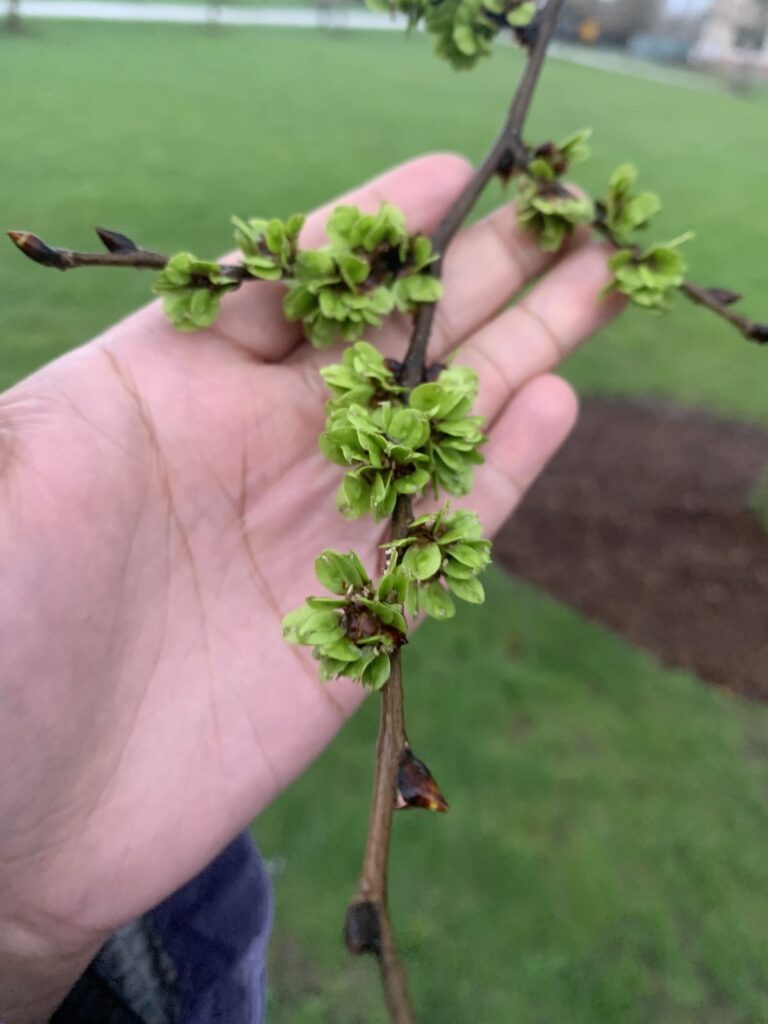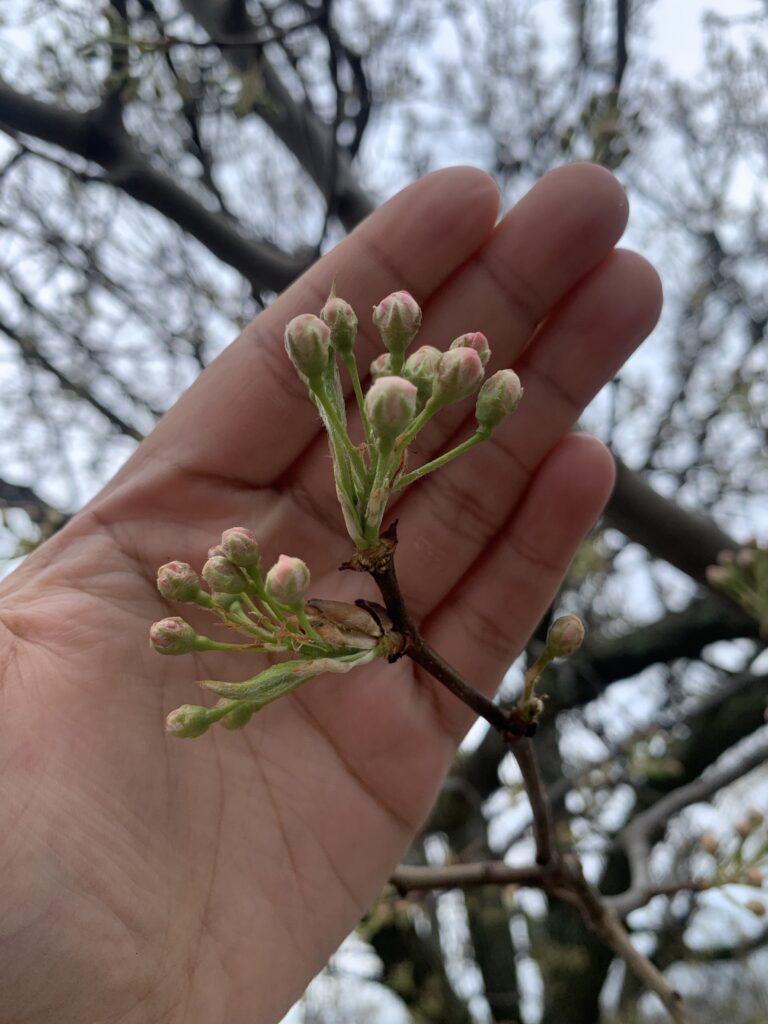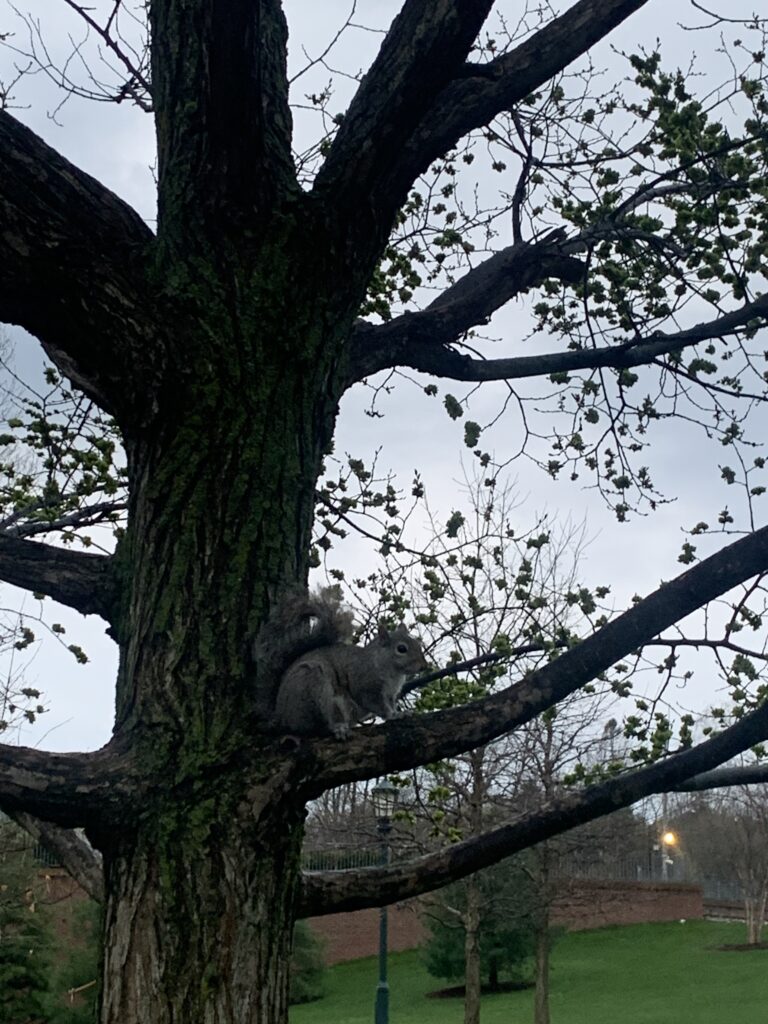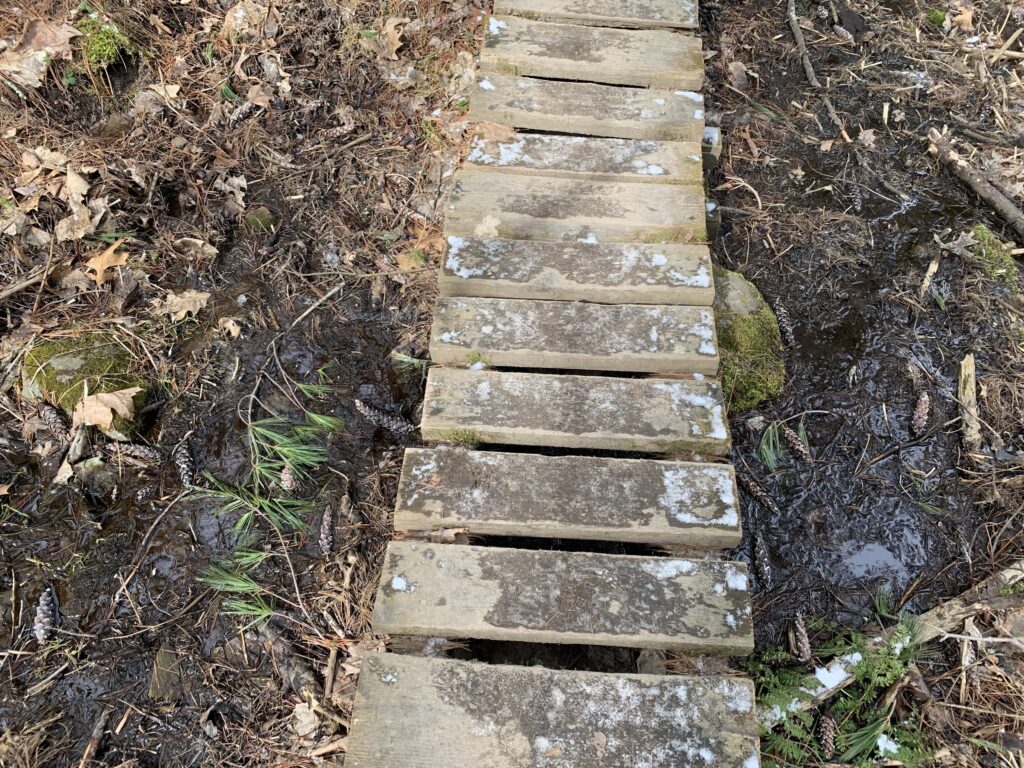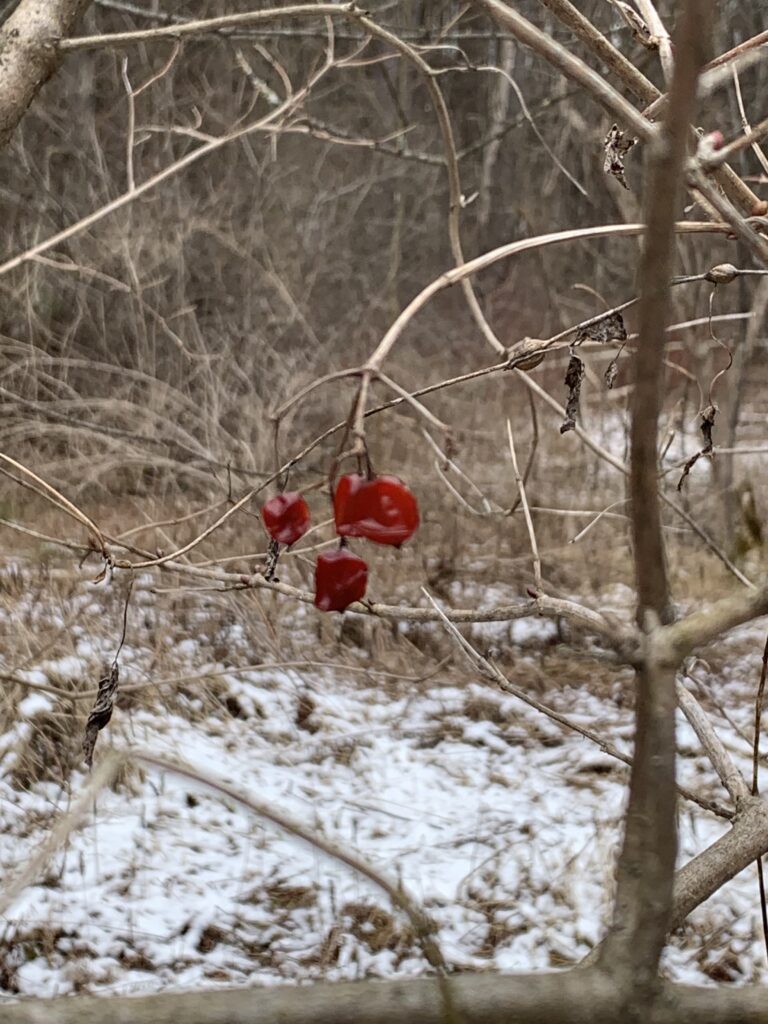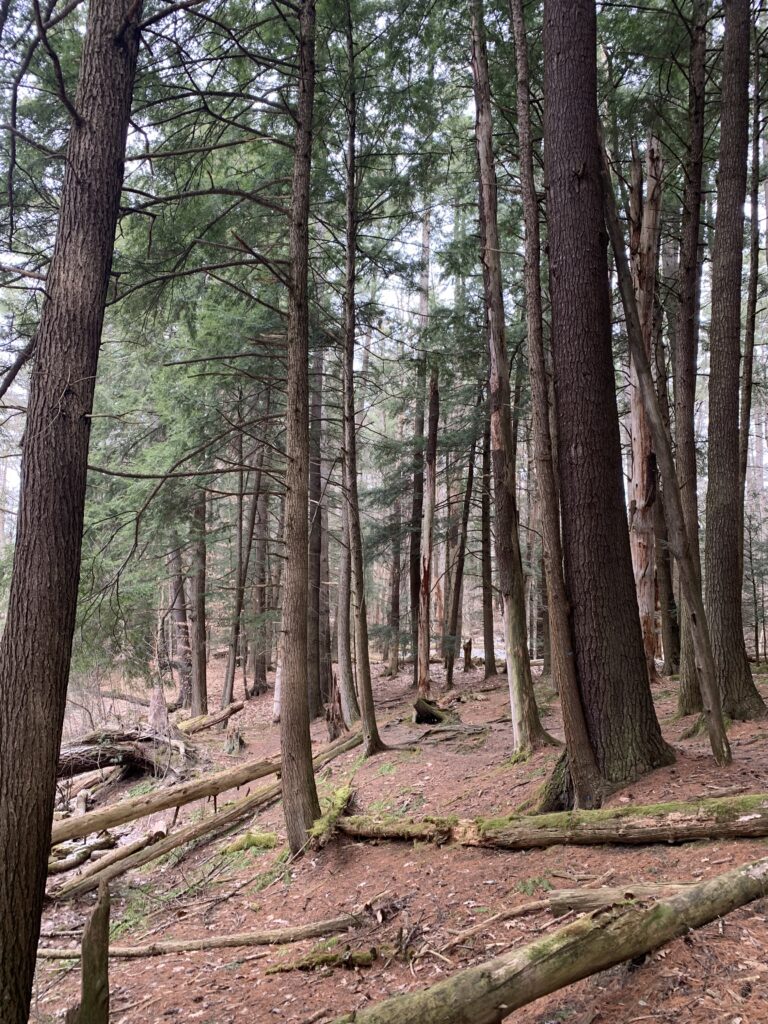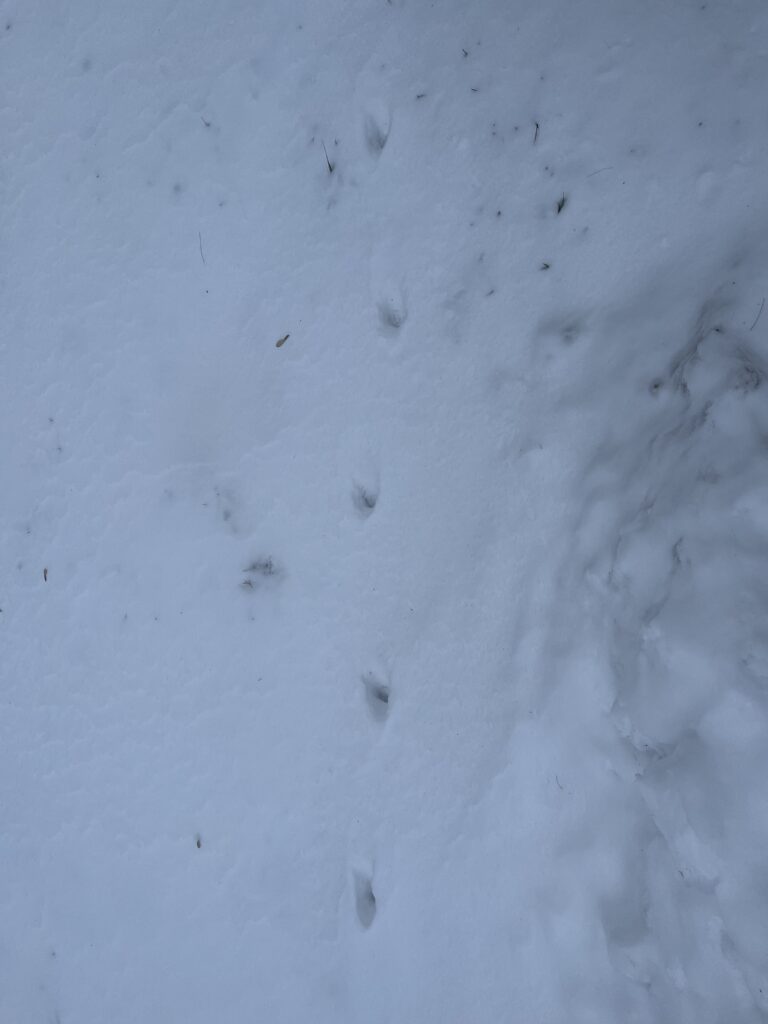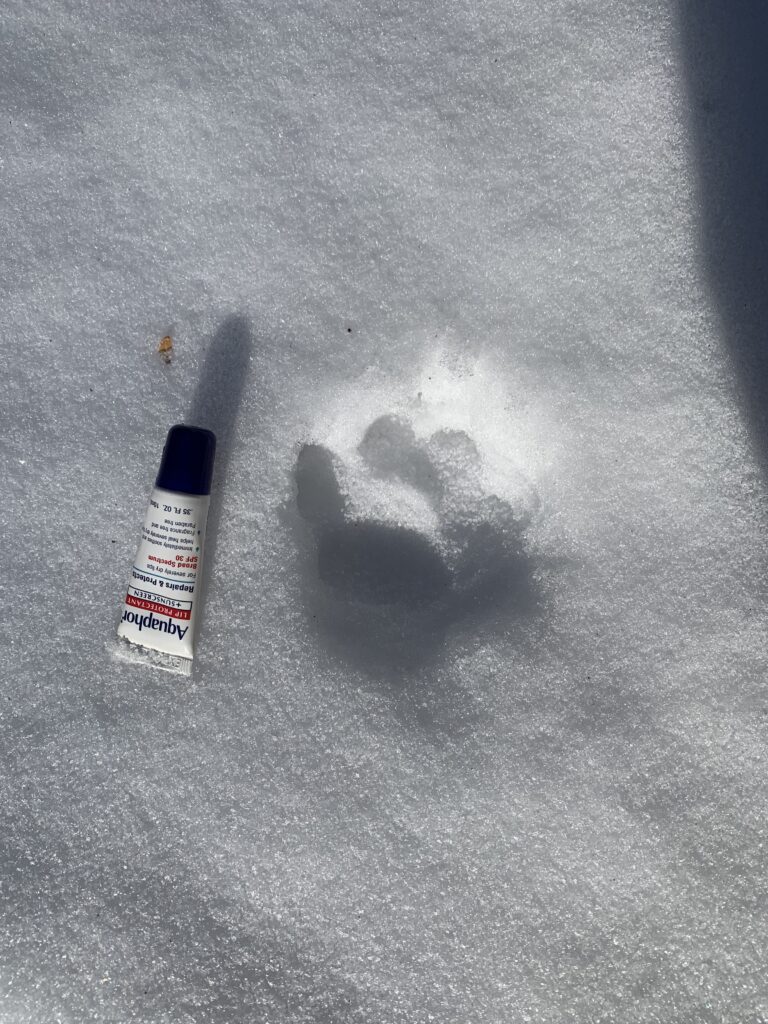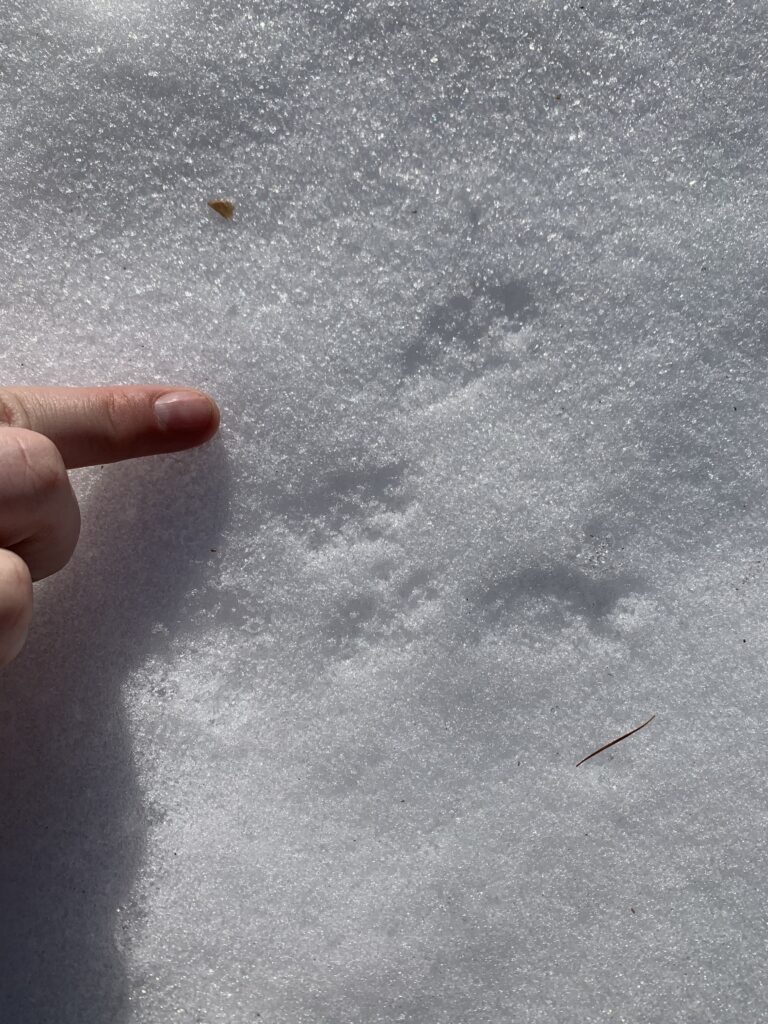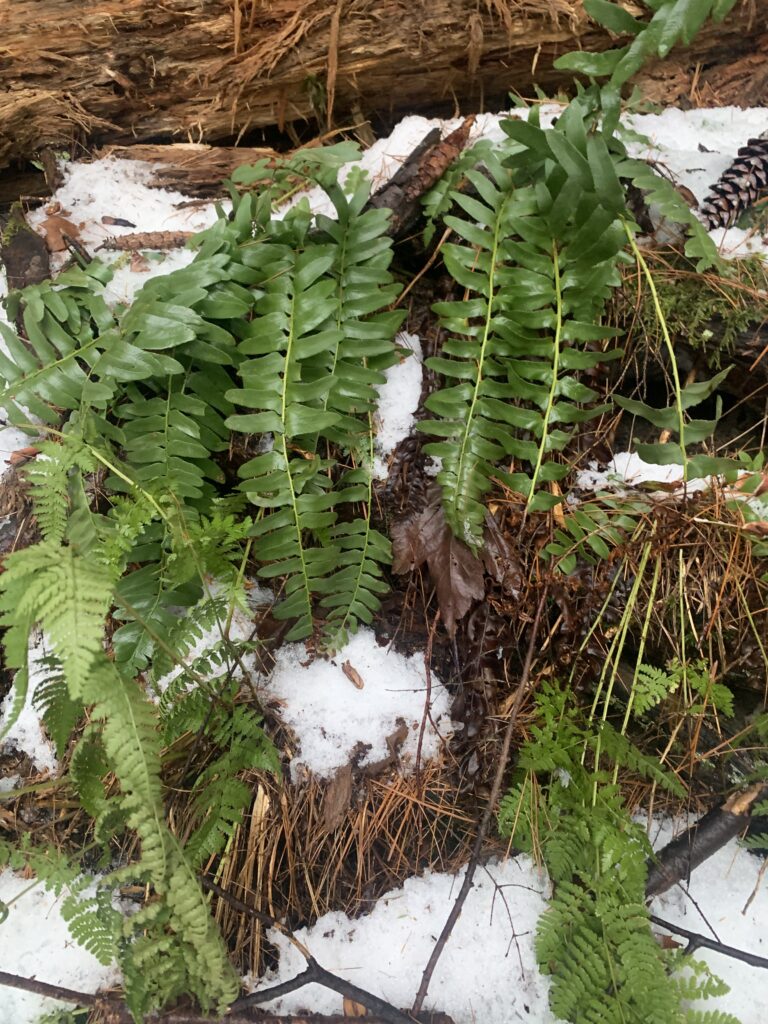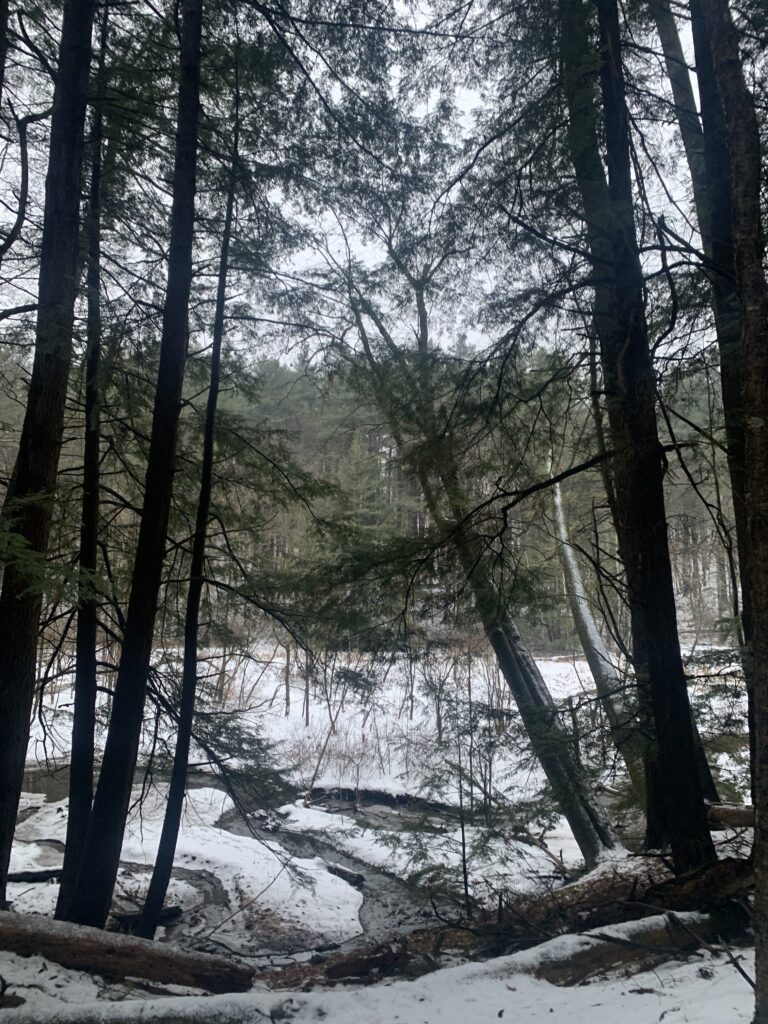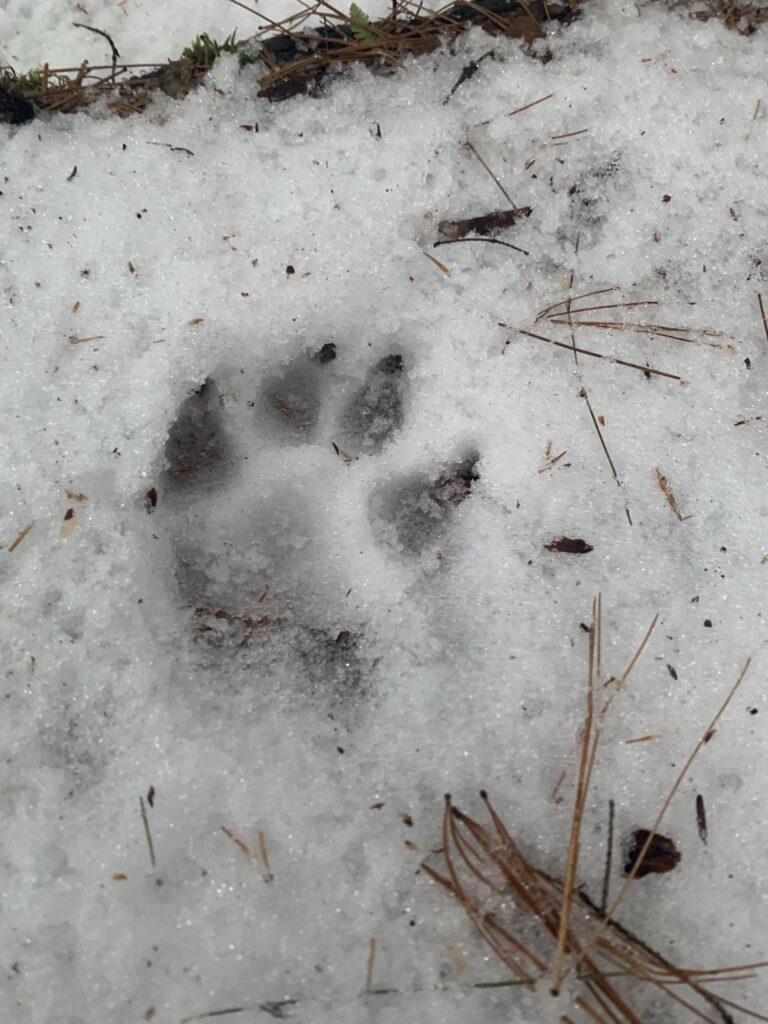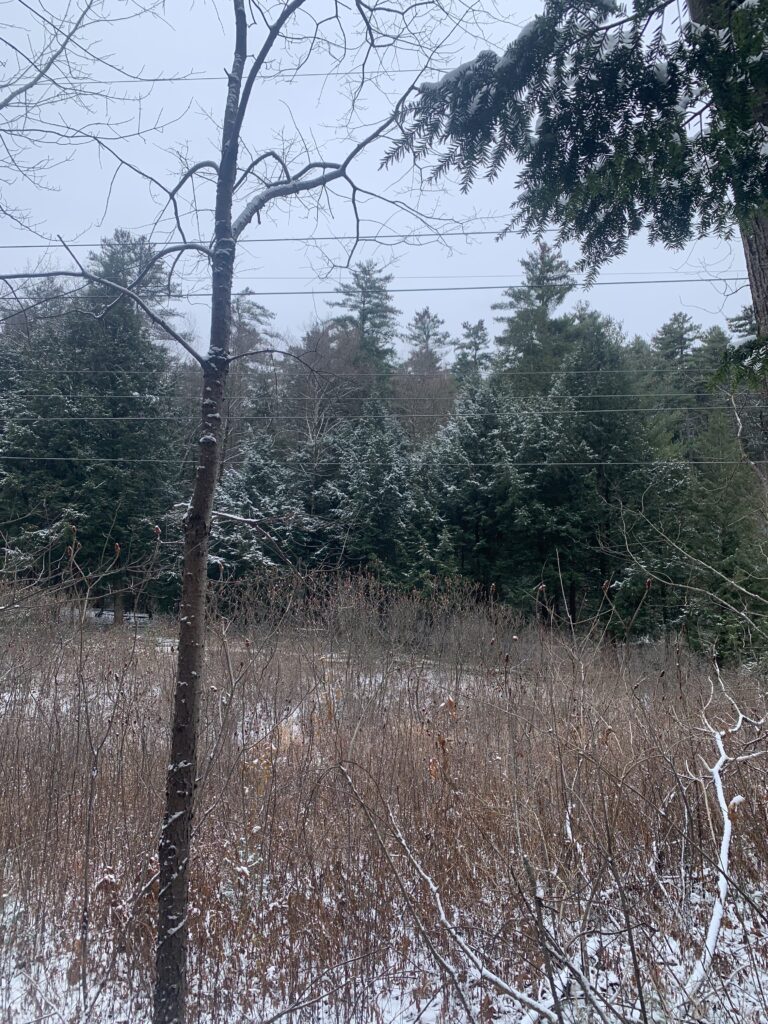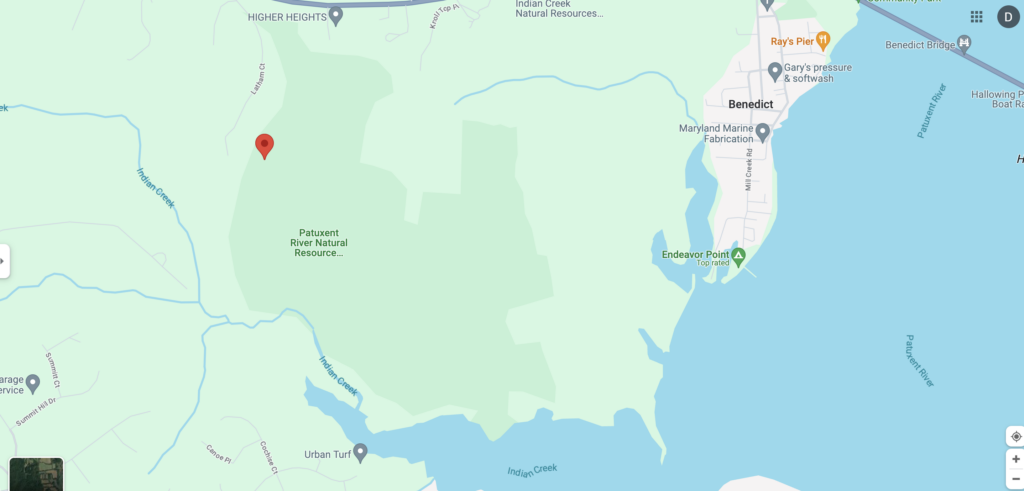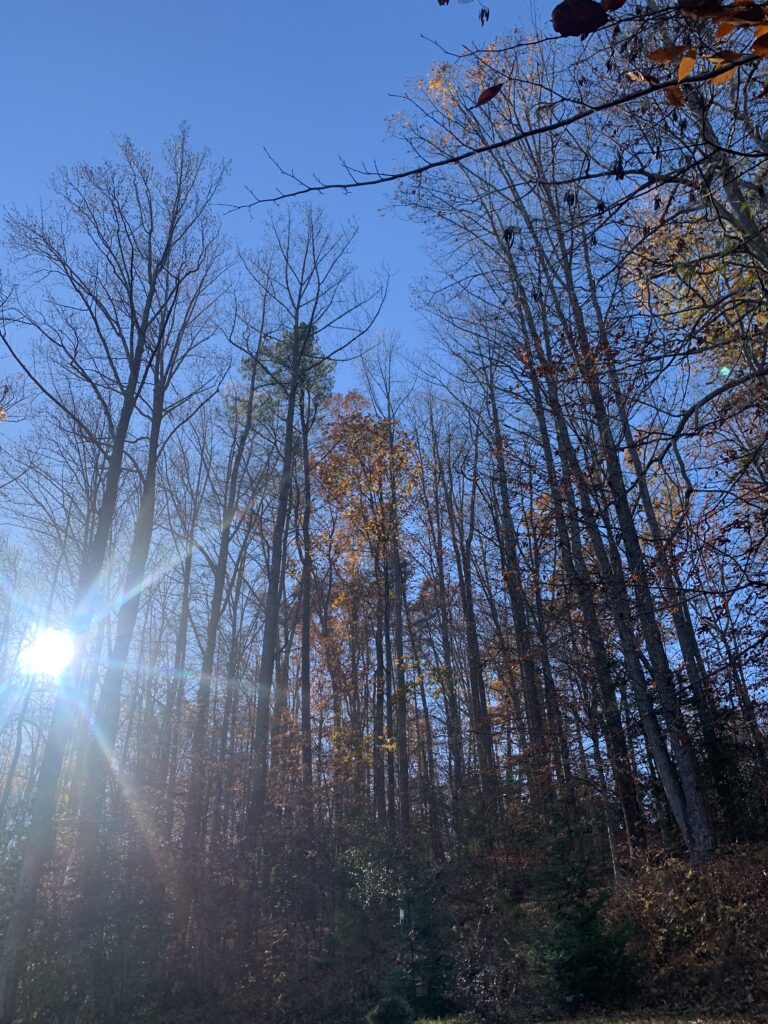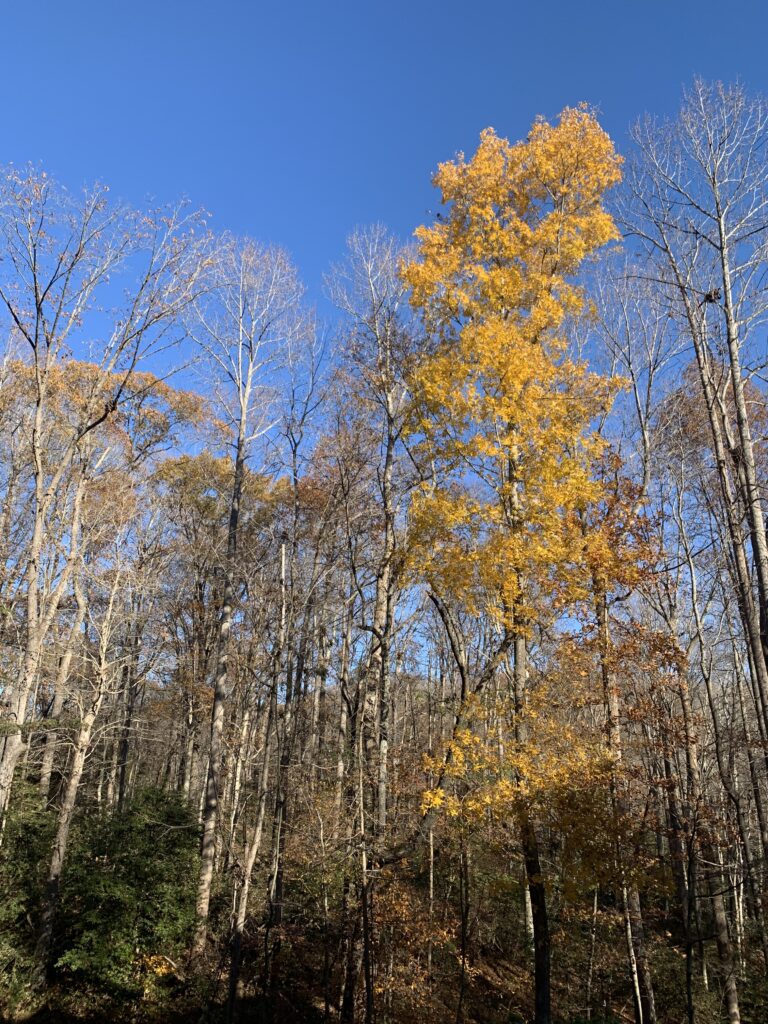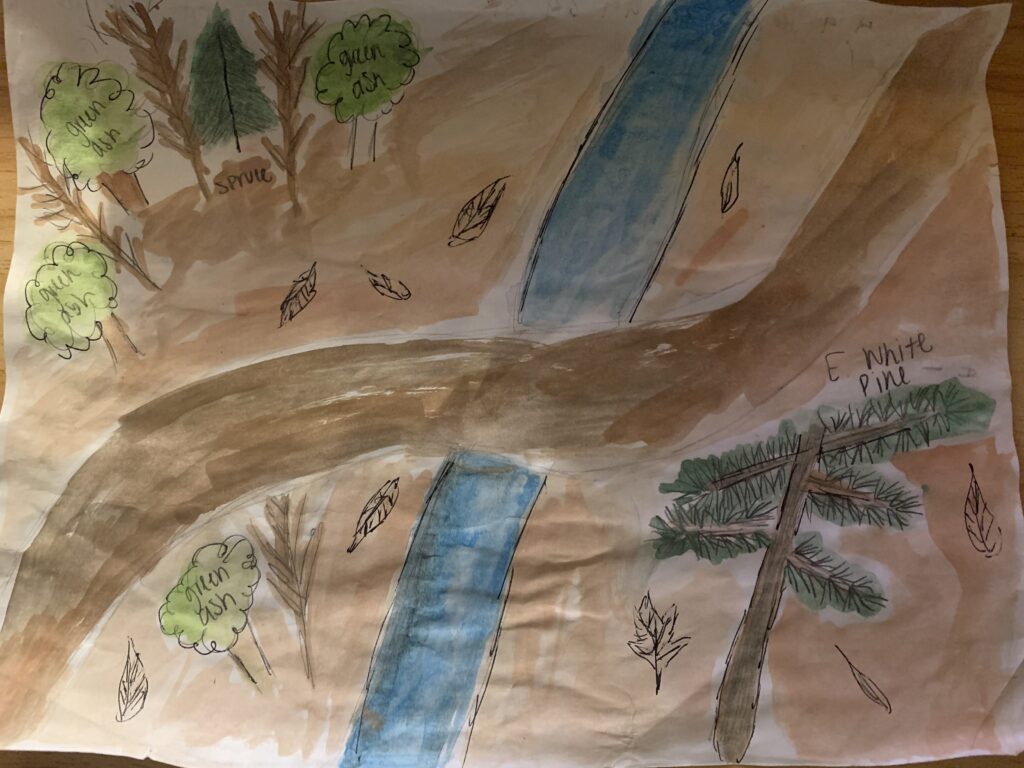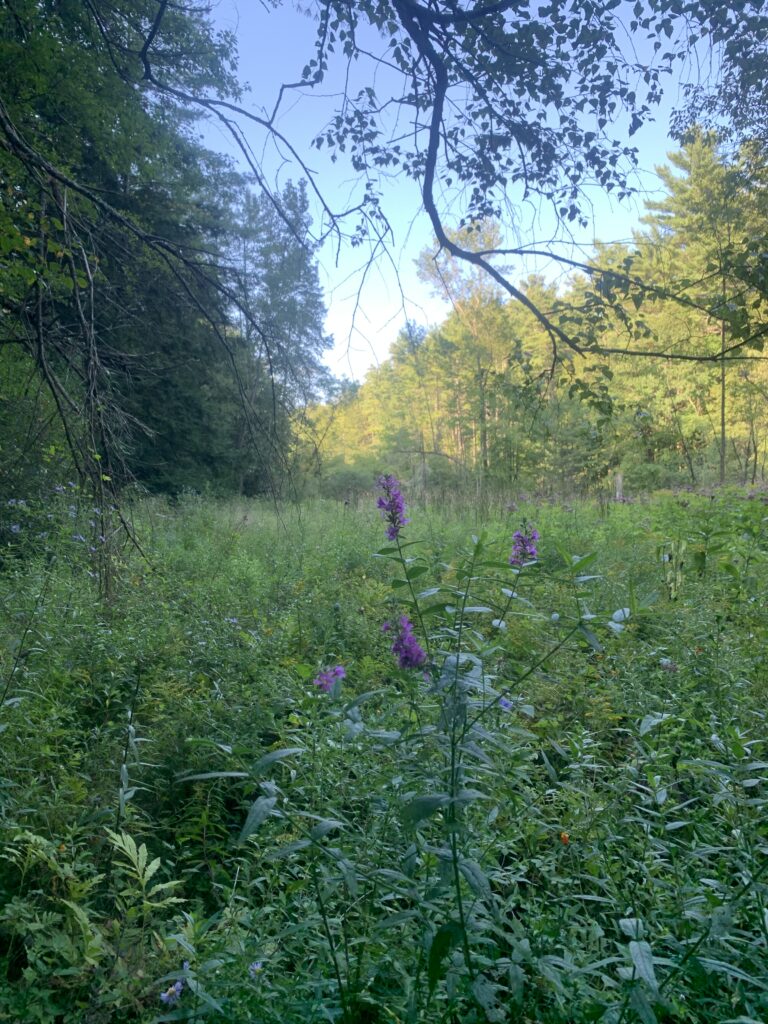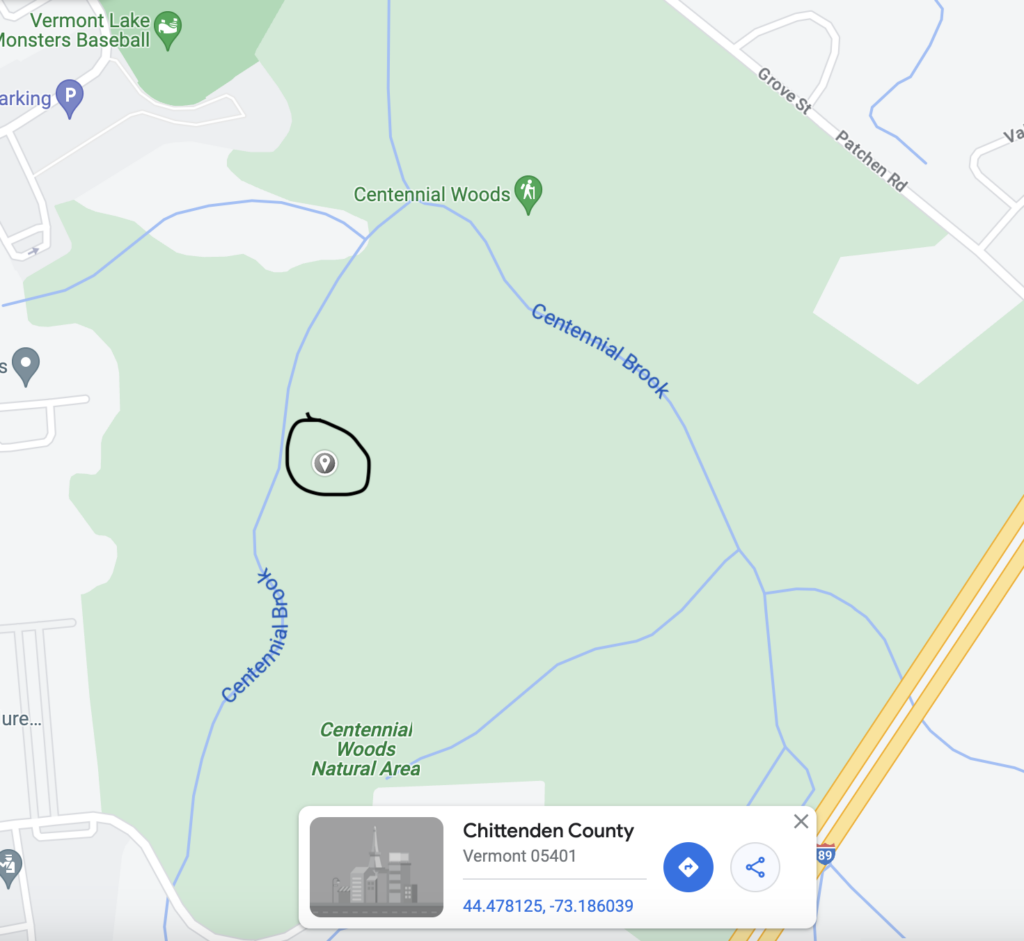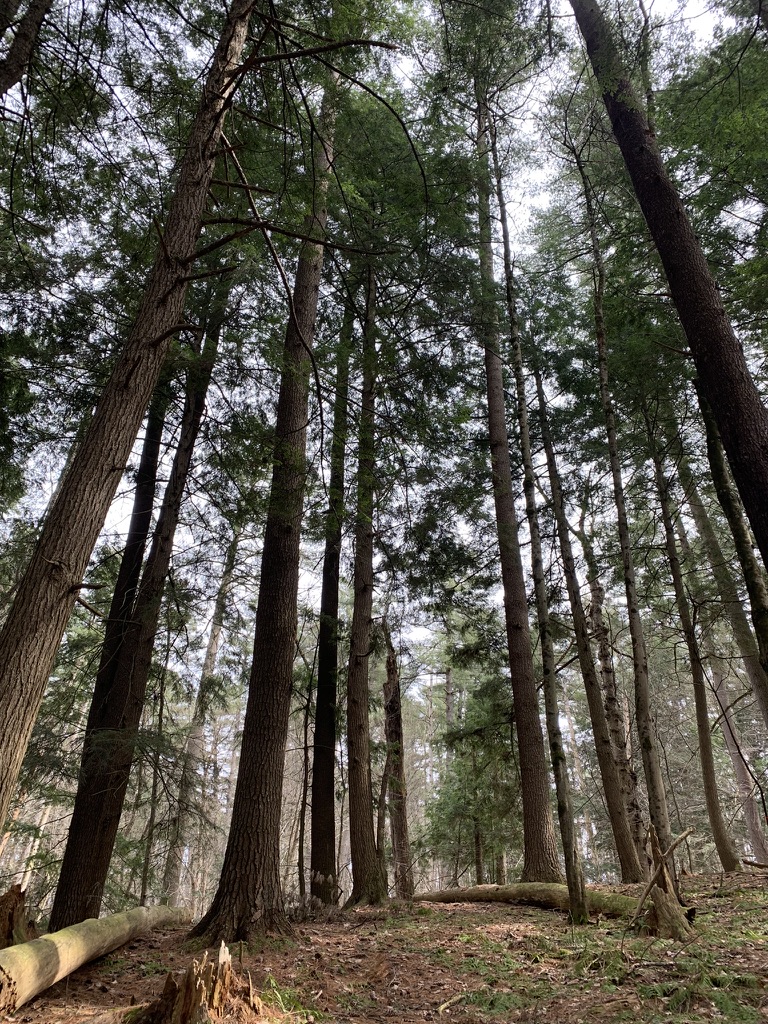
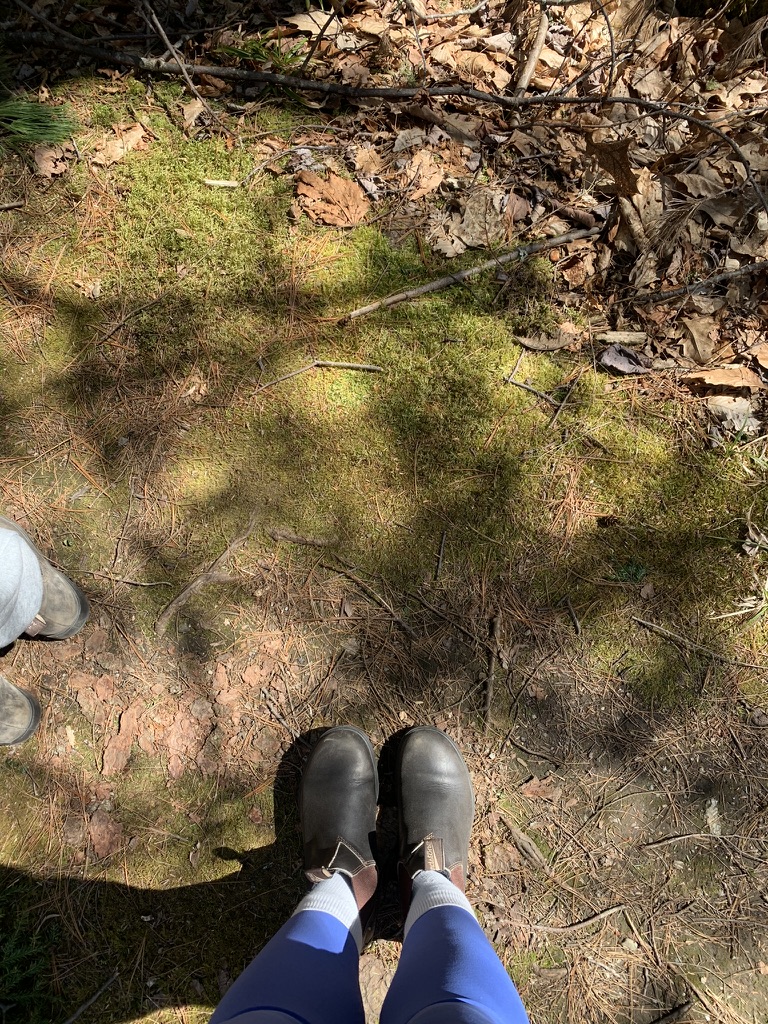
Site Evolution
Over the course of the last 9 months, I have observed shifts in the phenology as well as my connection to my space. Beginning in late summer, I have visited my site every month and through this, I have watched species come and go.
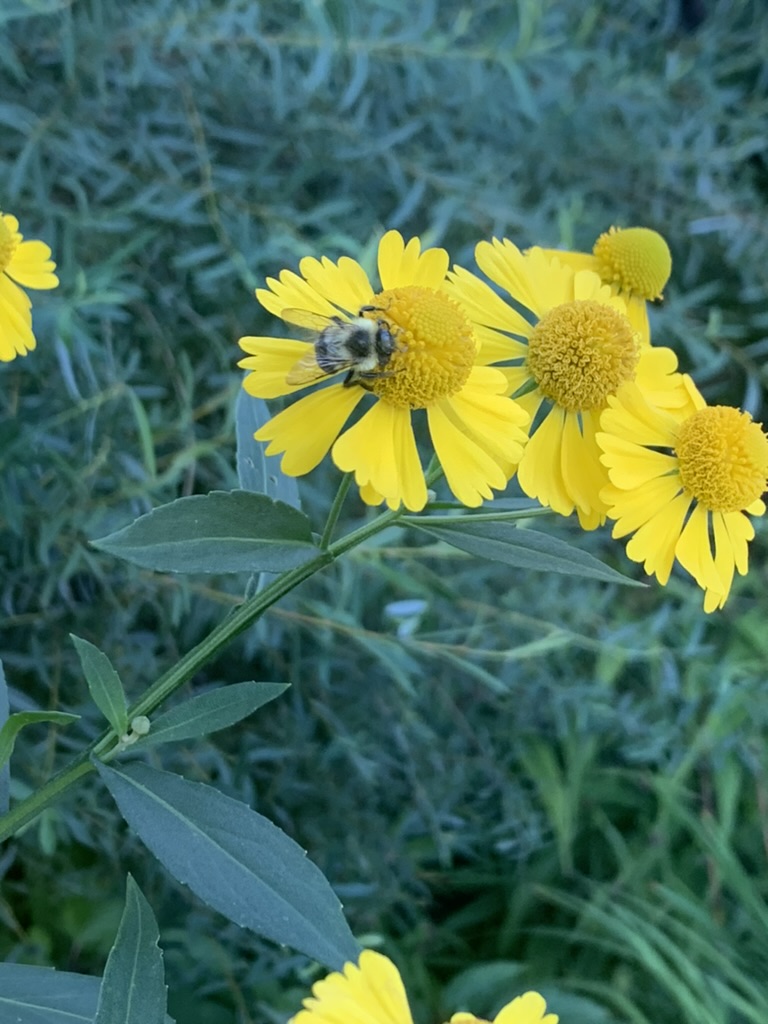
When I first arrived at Centennial Woods I was greeted by the pollinators who do their hard work so we can enjoy the green spaces we have come to know and love. Through the winter their absence was missed. As these vibrant flowers went dormant for the winter, I gained a new understanding of the importance of our pollinators. Not only do they provide us biodiversity among landscapes, but they also give us a sense of joy. The reintroduction of their presence in the emerging spring brought me back to my initial moments with Centennial.
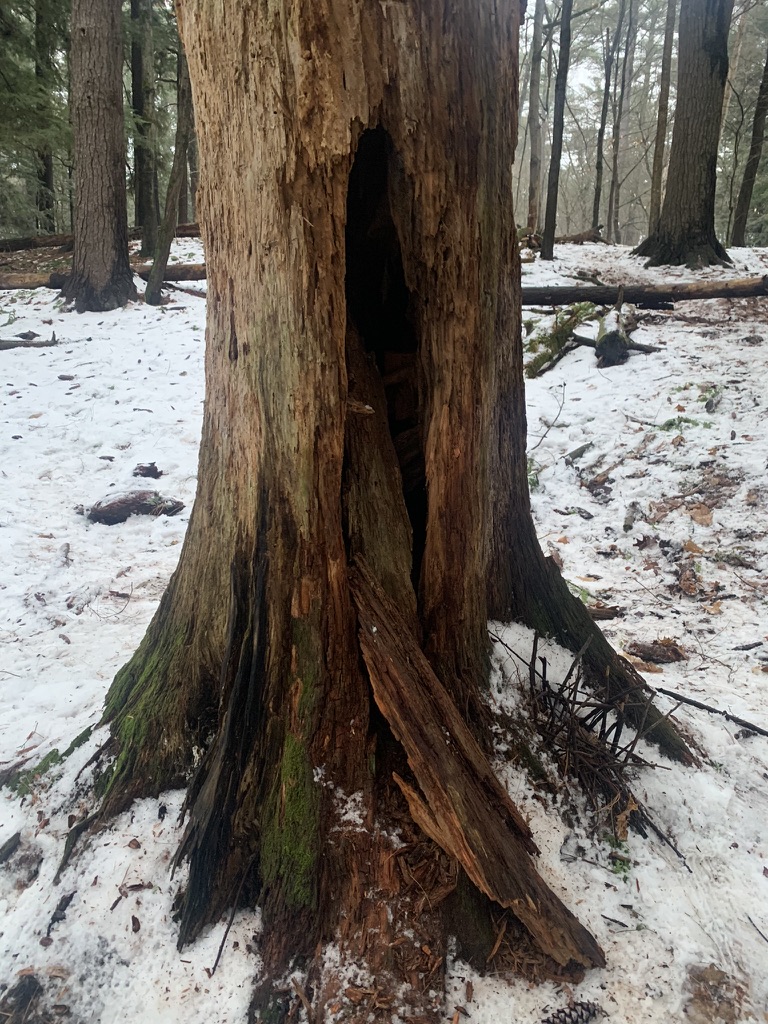
Landmarks
As for major landmarks, I have become familiar with this old-growth tree that continues to indicate that I am approaching my site. In my initial observation of this tree, I was flooded with thought-provoking ideas about what species might inhabit it. My friend and I concluded that it would be a perfect place for squirrels or chipmunks to hide acorns and hide. The ideas that resulted from this discovery deepened my understanding of commensalism relationships in Centennial.

Nature & Culture
In the context of the culture in outdoor spaces, I think that the community that I found in Centennial grew my love for my spot. As I became more and more submerged in the spot, I developed friendships that stemmed from this common love of nature. My friendships and love of the land were parallel to my love of the community that I built. This dynamic thrived without the context of Race, Culture, & age. In this light, I would consider myself a part of my site. Through time I have walked and sat with the nature in Centennial in which I have come to know it. Through this connection, I think that a peice of my freshman self will always remain in Centennial. The days and weeks might consume my day to day life, but I always come back to this site thay I have found a sense of place in.
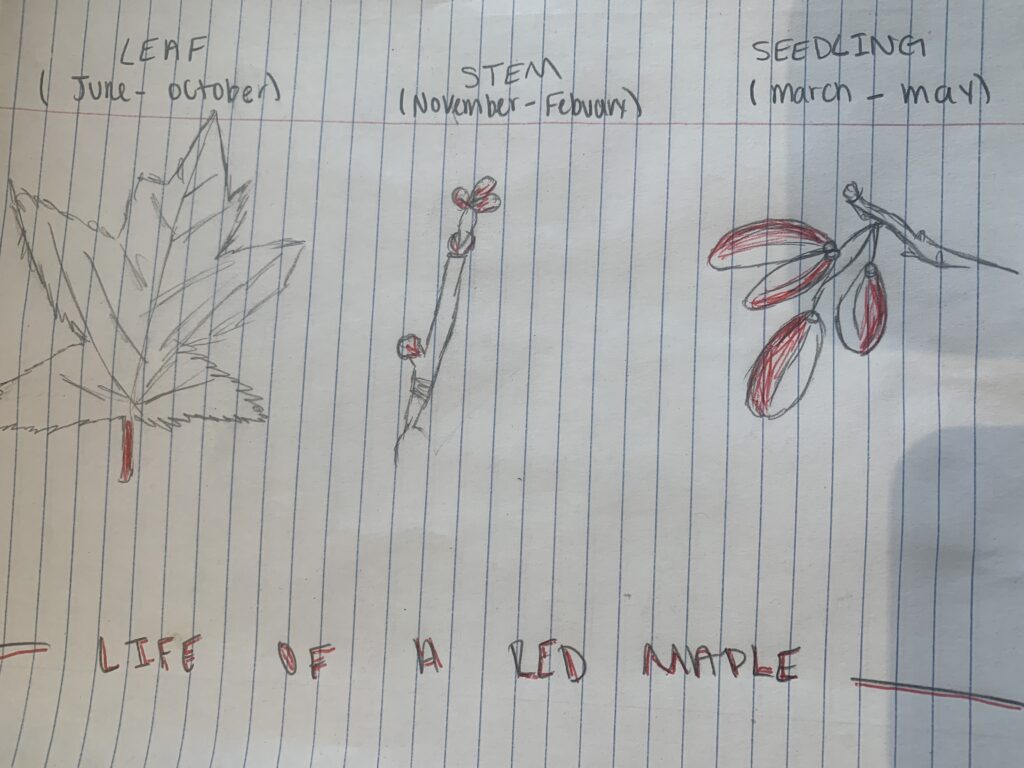
Sketch
Red Maple was a focal species of my spot that I enjoyed observing. Through the seasons I was able to observe these phenological changes. Through my illustration, the phases of the Red Maples life cycle is illustrated.
